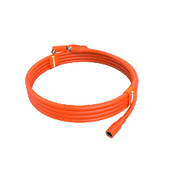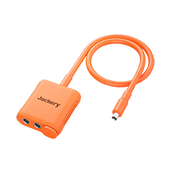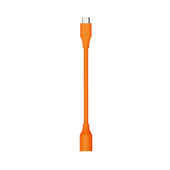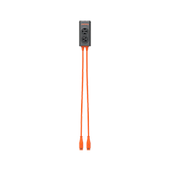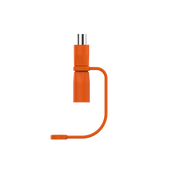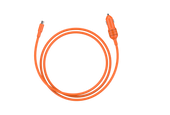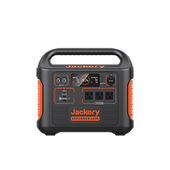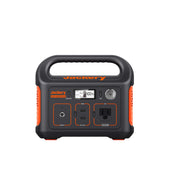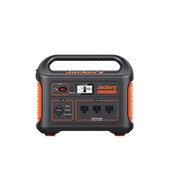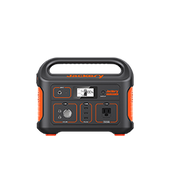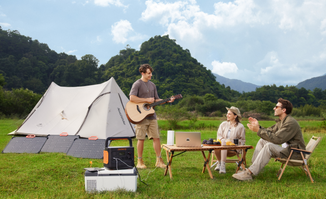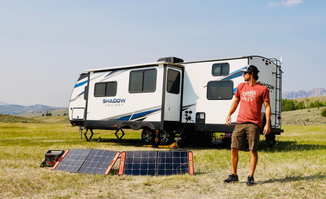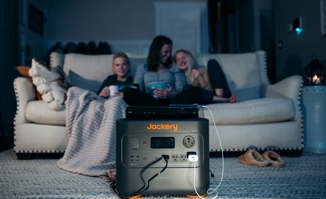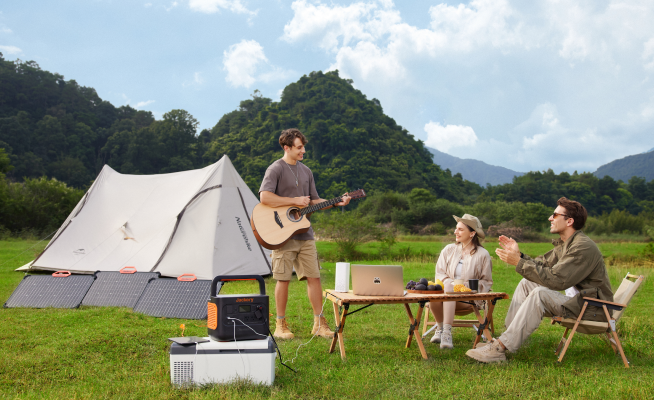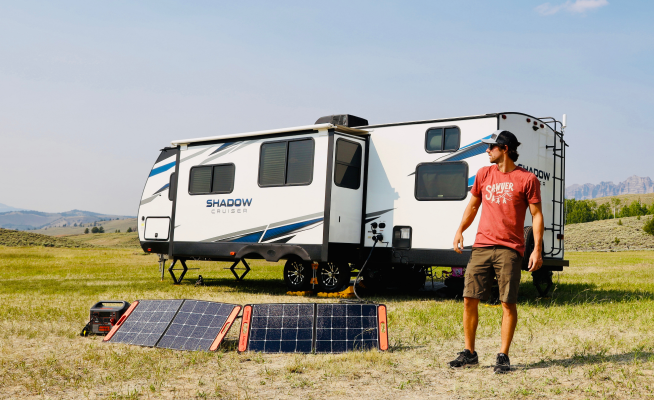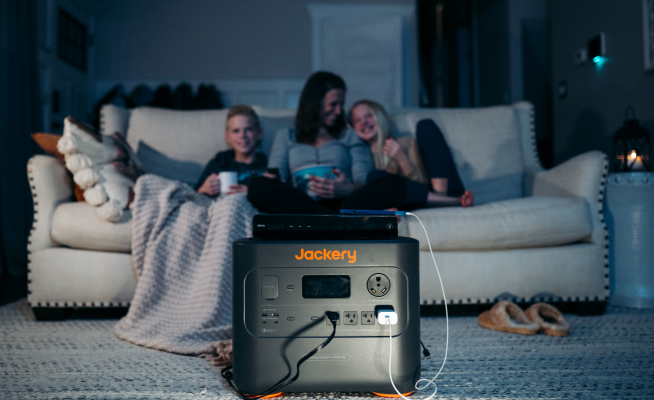A Comprehensive Guide to Installing a Battery Backup Sump Pump
A battery backup sump pump is a vital device that ensures your sump pump has an alternative power source in case of a power outage. It consists of a rechargeable battery and a device that charges the battery from the grid or solar panels. When the power goes out and your sump pump stops working, the battery backup system will kick in and supply power to the pump, keeping it running.
If you live in Canada, you know how unpredictable the weather can be. Heavy rain, snow melt, and storms can cause power outages and flooding in your area, putting your home at risk of water damage. Flooding, Canada's most common natural disaster, is becoming increasingly frequent and dangerous.

Shockingly, 2 out of every 10 Canadian households are now vulnerable to flooding, yet most homeowners remain unaware of this alarming risk. The changing climate patterns and the growing threats of severe weather events have made it crucial for Canadians to be informed and prepared for potential floods, underscoring the importance of proactive measures to protect their homes and loved ones. That's why having a battery backup sump pump is essential for your home's safety and security.
This article will guide you through installing a battery backup sump pump in your home. We will also introduce you to some of the best backup power solutions available, such as the Jackery Solar Generator 1000 Pro and Jackery Solar Generator 2000 Pro. These portable solar generators can provide reliable and renewable power for your battery backup sump pump and other appliances during emergencies.
Advantages of a Battery Backup Sump Pump
A battery backup sump pump offers several advantages over a regular sump pump that relies solely on electricity. Here are some of the benefits of having a battery backup sump pump in your home:
- Continuous operation:A battery backup for sump pump can keep working even when there is no power in your home. This means you don't have to worry about flooding your basement or crawl space during a power outage or storm. A backup sump pump can run for several hours or even days, depending on the battery size and capacity.
- Enhanced flood protection:A battery backup sump pump can also supplement your primary sump pump when it is overwhelmed by heavy water flow or malfunctions due to wear and tear or clogging. It can handle more water than a single pump, preventing water from overflowing into your home.
- Peace of mind: A battery backup sump pump can give you peace of mind, knowing your home is always protected from flooding. You don't have to worry about losing your valuables, damaging your property, or compromising your health due to mold and mildew growth caused by water damage.
A portable solar generator is one of the best ways to ensure that your backup sump pump has enough power to operate during emergencies. Solar power stations can charge your battery backup sump pump using solar energy without any other sources.
Jackery solar panels are a great option for powering your battery backup sump pump with solar energy. They are foldable and efficient solar panels that can charge your sump pump backup batteries and other devices using the sun’s rays. They are compatible with Jackery portable power stations, such as the Jackery Solar Generator 1000 Pro and Jackery Solar Generator 2000 Pro, which can provide reliable and renewable backup power for your sump pump and other appliances during emergencies. Jackery solar panels are easy to set up, use, and store. They are also durable, weather-resistant, and eco-friendly. With Jackery solar panels, you can have a battery backup for a sump pump powered by clean and green energy.
Jackery Solar Generator 1000 Pro comprises a Jackery Explorer 1000 Portable Power Station and two Jackery SolarSaga 100W solar panels. It has a total power output of 1000W and a battery capacity of 1002Wh. It can charge a 12V 75Ah battery backup sump pump in about 10 hours using solar panels or in about 7 hours using an AC wall outlet. With the MPPT technology, you can enjoy 99% solar charging efficiency with Jackery. It only takes less than 1.8 hours to charge the power station fully. You can charge it from a wall outlet in 1.8 hours or from a carport.
Jackery Solar Generator 2000 Pro consists of a Jackery Explorer 2000 Portable Power Station and four Jackery SolarSaga 100W solar panels. It has a total power output of 2000W and a battery capacity of 2060Wh. It can charge a 12V 75Ah battery backup sump pump in about 5 hours using solar panels or in about 3.5 hours using an AC wall outlet.
Jackery Solar Generator 1000 Pro and Jackery Solar Generator 2000 Pro are compatible with most brands and models of sump pump backup batteries. They have multiple output ports, including AC outlets, DC ports, USB ports, and carports. LCD screens display input and output power, battery level, and charging status. They are portable, lightweight, durable, and easy to use.

Preparing for Installation
If you have an existing sump pump in your home and want to add a battery backup system, you may wonder what is the best battery backup for an existing sump pump. There are many factors to consider when choosing a battery backup system, such as the power output, the battery capacity, the compatibility, the durability, and the cost. Battery backup systems can serve as home battery backup systems, so solar generators will be an economical, environmentally friendly, and long-lasting choice.
Before installing the best battery backup for existing sump pump in your home, you must prepare some tools, materials, and safety precautions. Here are some of the things you need to do before you start the installation process:
- Choose a location: You must select a suitable location for your battery backup sump pump. Ideally, it should be close to your primary sump pump and near an AC outlet. Ensure that the location is dry, well-ventilated, and accessible for maintenance and testing.
- Select a battery: Choose a battery that matches the specifications of your battery backup sump pump. The battery should have enough power and capacity to run the pump for the desired duration. Also, consider the battery type, size, weight, and maintenance requirements. Common types of batteries used for sump pump backup batteries are lead-acid, gel, and AGM batteries.
- Select a pump:Choose a pump that fits your needs and preferences. The pump should have enough flow rate and head pressure to handle the water volume and height in your basement or crawl space. Consider the pump type, size, noise level, and warranty. Common types of pumps used for sump pump backup batteries are pedestal, submersible, and water-powered pumps.
- Gather tools and materials:Collect the necessary tools and materials for the installation process. Some of the tools you may need are a drill, a hacksaw, a level, a tape measure, a wire stripper, a screwdriver, a wrench, and pliers. You may also need PVC pipes, fittings, valves, clamps, check valves, hose adapters, wire nuts, electrical tape, and silicone sealant.
- Safety precautions: When installing a battery backup sump pump, follow safety precautions. Wear protective gloves, goggles, and clothing. Turn off the main power supply and unplug any electrical devices in your basement or crawl space. Read the manufacturer's instructions carefully and follow them accordingly.
Installation Process
Once you have prepared everything you need for the installation process, you can follow these steps to install your battery backup sump pump:
- Step 1: Mount the pump:Mount the secondary pump next to or above your primary pump. Use clamps or brackets to secure the pump to the wall or the floor. Ensure the pump is both flat and securely positioned.
- Step 2: Connect the pipes: Connect the discharge pipe from the secondary pump to the discharge pipe from the primary pump using a PVC tee fitting. Install a check valve on each discharge pipe to prevent water from flowing back into the pumps. Make sure the pipes are aligned and sealed correctly.
- Step 3: Connect the battery:Connect the battery to the control panel using the provided cables. Ensure that you connect the positive (+) terminal of the battery to the positive (+) terminal of the control panel and vice versa. Place the battery in a box or tray for safety and protection.
- Step 4: Connect the control panel: Connect the control panel to an AC outlet using an extension cord or a power strip. Connect the control panel to the secondary pump using another cable. Follow the wiring diagram and the polarity of the connections. Mount the control panel on the wall or the floor using screws or adhesive strips.
- Step 5: Install the float switch: Install the float switch in the sump pit near the pumps. Use a rod, a bracket, or a clamp to attach the float switch to the wall or the pit floor. Ensure the float switch is positioned above the primary pump's float switch and below the pit's rim. Connect the float switch to the control panel using another cable.
- Step 6: Test the system: Test the system to ensure everything works correctly. Fill the sump pit with water until it reaches the secondary pump's float switch level. The secondary pump should start automatically and pump out the water. Test the battery backup sump pump by unplugging the primary pump and simulating a power outage. The control panel should alert you of the power loss and switch to battery mode. The sump pump backup batteries should continue to operate until the power is restored or the battery is drained.

Conclusion
A battery backup sump pump is a wise investment for your home's flood protection. It ensures that your sump pump keeps working even when there is no power in your home or when your primary pump fails. It also enhances your sump pump's performance and efficiency by handling more water and preventing overflow.
However, a battery backup sump pump is only as good as its power source. That's why you need a reliable and renewable backup power solution like the Jackery Solar Generator 1000 Pro or Jackery Solar Generator 2000 Pro. These portable solar generators can charge your sump pump backup batteries using solar energy or AC wall outlets. They can also power other essential appliances like lights, fans, refrigerators, laptops, phones, and more.
Jackery is a company that specializes in providing portable power solutions for outdoor enthusiasts, adventurers, and homeowners. They have been in business since 2012 and have been recognized as one of the leading brands in the industry. They are committed to creating innovative products that are eco-friendly, reliable, and affordable. They also offer excellent customer service and support.
Jackery aims to empower people with clean and sustainable energy anywhere, anytime. They believe that everyone deserves to enjoy life with freedom and convenience. That's why they design products that are easy to carry, use, and maintain. Check out our official website to explore additional insights into Jackery and its product offerings.
Related Articles:
Sump Pump Battery Backup: Best Picks, What Is, How It Works, and More
5 Best Computer Battery Backup: What Is, How to Choose, and More
Disclaimer:
The runtime mentioned for appliances powered by Jackery is for reference only. Actual runtime may vary under different conditions. Please refer to real-world performance for accurate results.






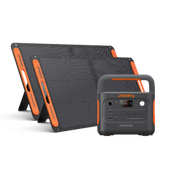


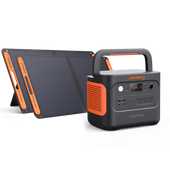

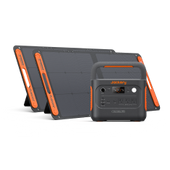
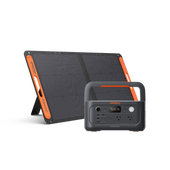
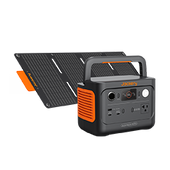
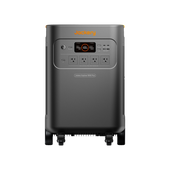
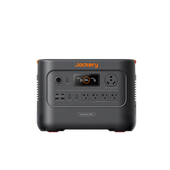
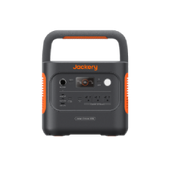
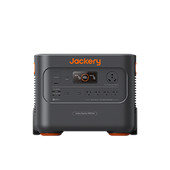
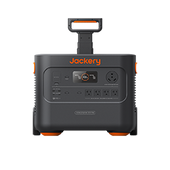

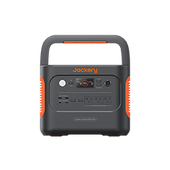
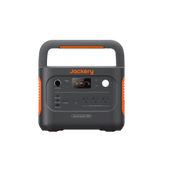
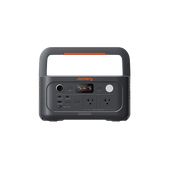

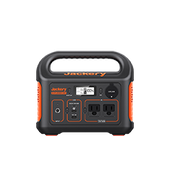
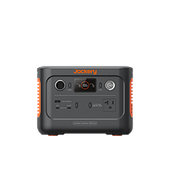
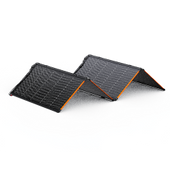
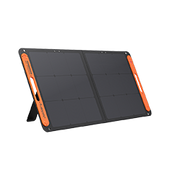

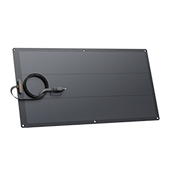
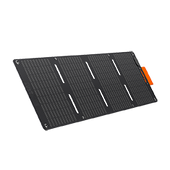
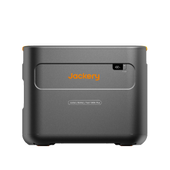
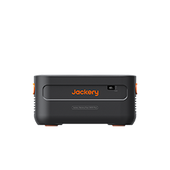
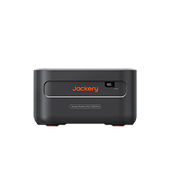
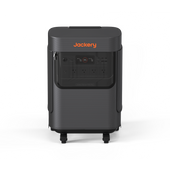
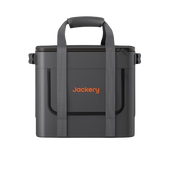
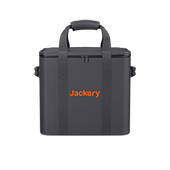
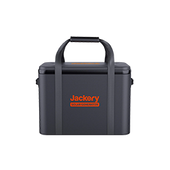
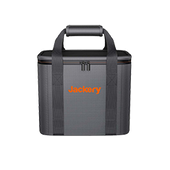
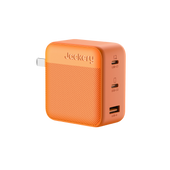
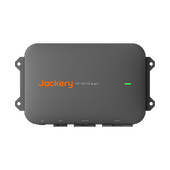
![[Add-on] Jackery Manual Transfer Switch for Explorer 5000 Plus](http://ca.jackery.com/cdn/shop/files/add-on-jackery-manual-transfer-switch-for-5000-plus-240V.webp?v=1757043692&width=170)
